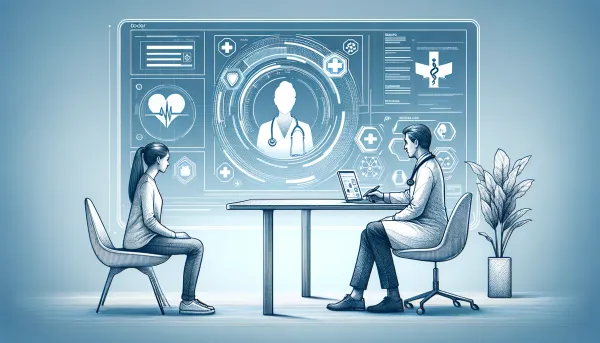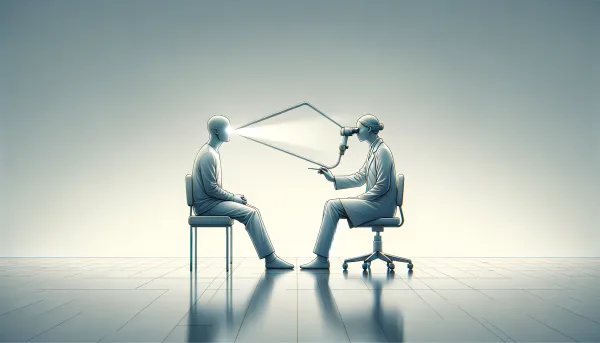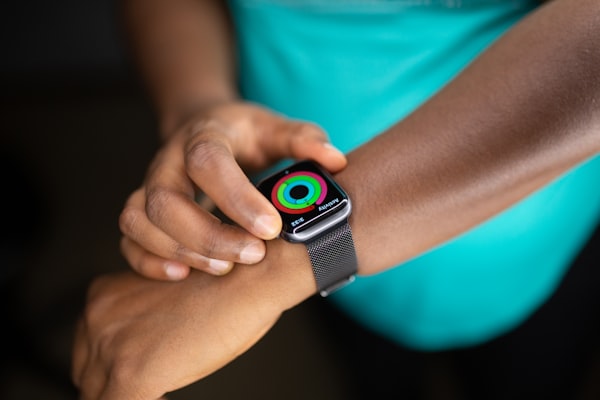Tesla and Mitochondrial Medicine
Tesla is considered a tech product, but this issue also makes the case for being a medical device. Exercise, on the other hand, is mitochondrial medicine.

During the past 4 months, this simple medical newsletter has grown to almost 100 subscribers. I count that as a success - the feedback is amazing.
My goal is to produce great and valuable content. Such that a medical student or doctor, who needs to hold so much information, finds every issue genuinely interesting, intriguing and can learn from it. Such that can make Sundays even better.
Let's bring it on.
Tesla as a medical device?
Tesla published their second annual impact report and their Model S just turned 8 years old. I’ll use this opportunity to discuss how Tesla is connected to medicine and how it improves our health.
Tesla cars are considered more than just cars. People refer to them as tech products, similar to smartphones and computers. But I dare to say they’re also medical products with substantial health benefits for everyone.
Okay, this is a little exaggerated, but here are 4 reasons: emissions, filters, batteries and safety.
Emissions
One of the questions Tesla addresses in their 2019 impact report is the overall emissions of their cars. This includes manufacturing the cars and their use.
They compare the classic internal combustion engine (ICE) cars with electric vehicles (EV), specifically Tesla Model 3. The graph shows that there is no difference between producing EVs and ICE cars. However, carbon emissions per mile are markedly different. There are even differences between the use case of Tesla cars. We see that producing and using it for ride-sharing and charging it using solar energy results in the least amount of carbon emitted. When charged via the grid and produced for personal use, the carbon emissions rise but are still more than 2 times lower than in ICE cars.

The impact of CO2 on the environment is huge and directly or indirectly affects our health. In 2016, the levels reached 400 parts per million, which is believed to be the level of catastrophic impacts on the environment. This number is expected to drop by 4% in 2020 because of COVID-19 measures.
Of course, CO2 is not the only problem with ICE cars. There are also NOx and SOx gases that are just as dangerous to our health. Direct effects of NOx are breathing problems, headaches, chronically reduced lung function, eye irritation, loss of appetite and corroded teeth (source). SOx, on the other, causes chest pains, breathing problems, eye irritation and a lowered resistance to heart and lung diseases can be experienced (source).
Another danger of ICE cars is particulate matter (PM). These are particles of solid matter that are light enough to float in the air. They are classified in PM10 (less than 10 μm), PM2,5 (less than 2.5 μm) and UFP (ultrafine particles, less than 0.1 μm). All of them are not only emitted by different types of combustion, but pollen is also classified as one. The smaller they are, the deeper they can get in our bodies. The UFP even from our lungs into our bloodstream, where they can cause systemic problems. Let that be it about PM, but there’s a lot more to explore here. This paper is very useful for understanding them.
Filters
This brings us to the second argument of why Tesla card can be considered “medical devices” - filters. Their cars include HEPA filters, which stands for “high-efficiency particulate absorbing” and is an efficiency standard for filters.
In 2016, Tesla made an experiment and put their HEPA filters to the test. They filled a ballon with 1000 μm/m^3 of PM2.5 and put the car in “Bioweapon Defense Mode”. For comparison, 12 μm/m^3 of PM2.5 is considered good quality of air. The results are shown in the following graph.

It’s pretty staggering. The amount of PM2.5 particles decreased to nearly zero after just 2 minutes inside the car. But not only that, it even started removing PM2.5 from the air around it and thus cleaning the environment. These filters also efficiently remove viruses (yes, SARS-CoV-2 virus as well). The benefits are pretty self-explanatory.
There are 2 conclusions. First, the inside of the car is safe in virtually all conditions. Second, the car can act as an air-cleaning device and also benefits the people not in the car.
Batteries
One of the arguments against EVs is that battery capacity decreases over time and that they damage the environment and our health after they’re used. Specifically, the heavy metals inside of them present direct or indirect dangers to our health. They can enter the air or water from landfills and affect our bodies and the environment. However, this argument cannot be used against Tesla.
The batteries in Tesla cars are designed to outlast them. Their ultimate goal is to create a battery that could last 1 million miles, which should be good for about 5 “generations” of cars. Because some carbon is emitted only during their production (see above), this would decrease the emissions even more in the long run.
Even the current batteries are far more efficient than many think. Its capacity decreases only by about 15% after 200,000 miles. Here’s a graph:
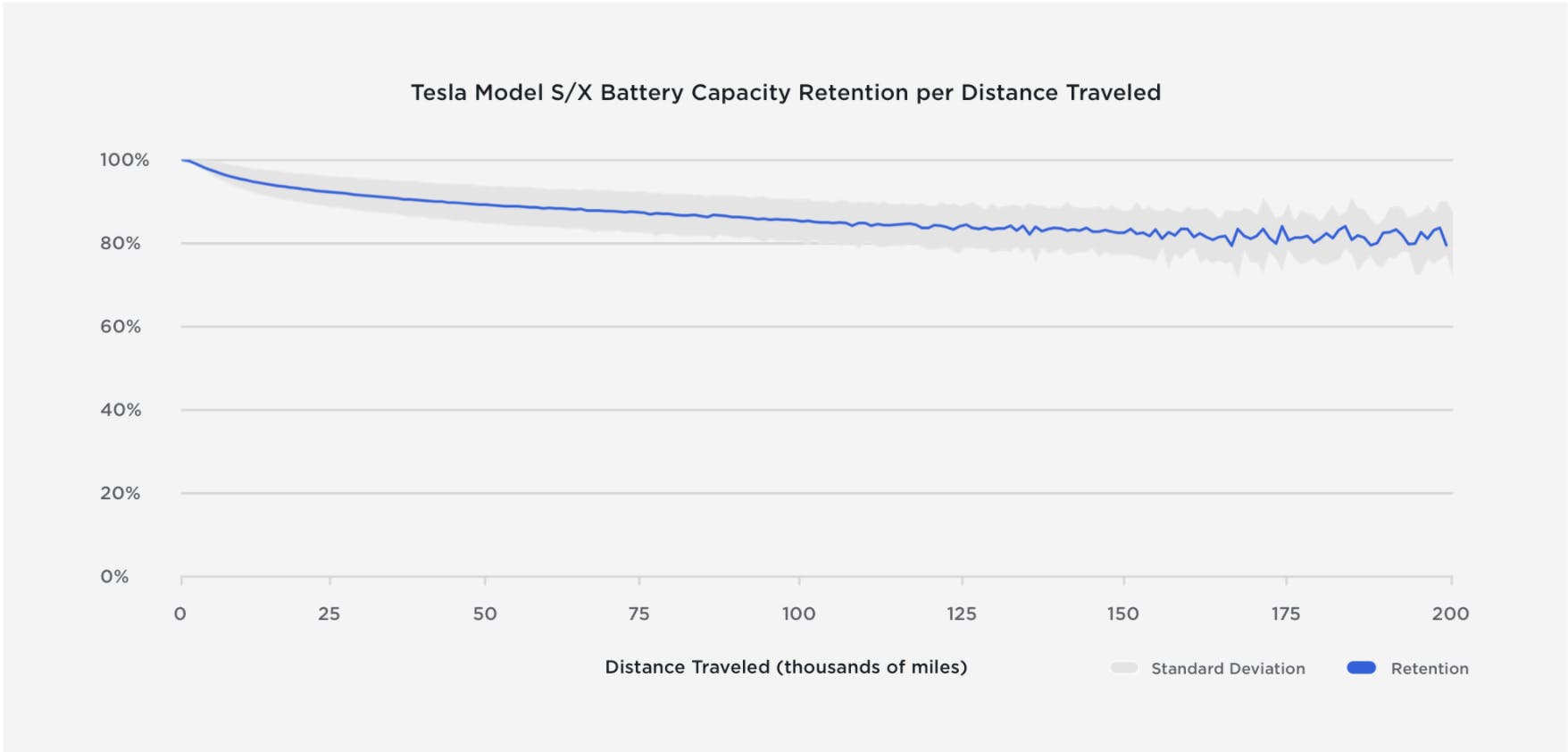
The second part of the argument is the recyclability of these batteries. When a fossil fuel is burned it emits gases and particles into the air, where they can’t be reused. The process goes only in one direction. More greenhouse gases and particles in the air and this equals lower quality of our environment and lives. Materials from the batteries can be easily reused in new ones. At Tesla, they reuse 100% of the material in batteries and none of them ends up in landfills. This is huge.
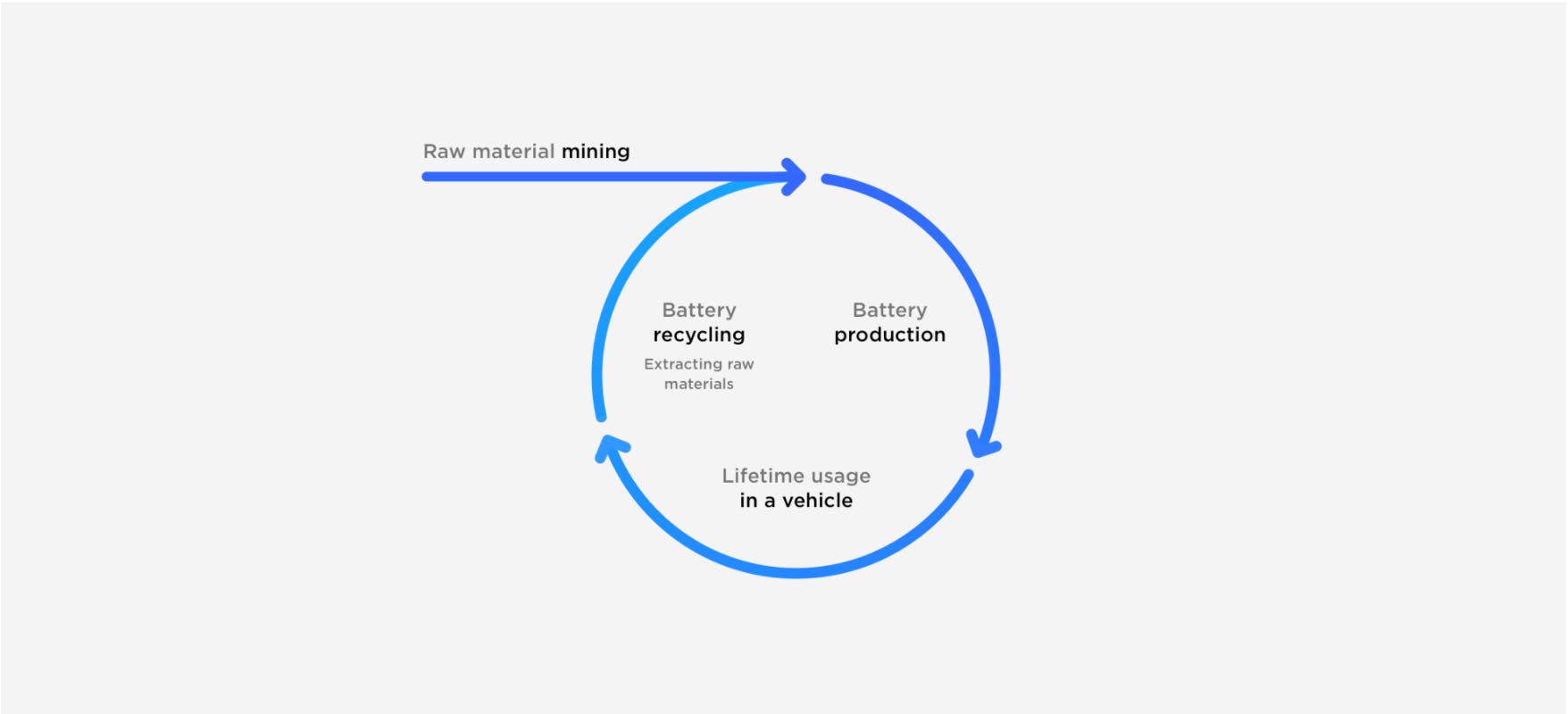
Safety
The final argument I want to talk about and was also included in the Impact Report is the safety of Tesla cars. First of all, another graph.
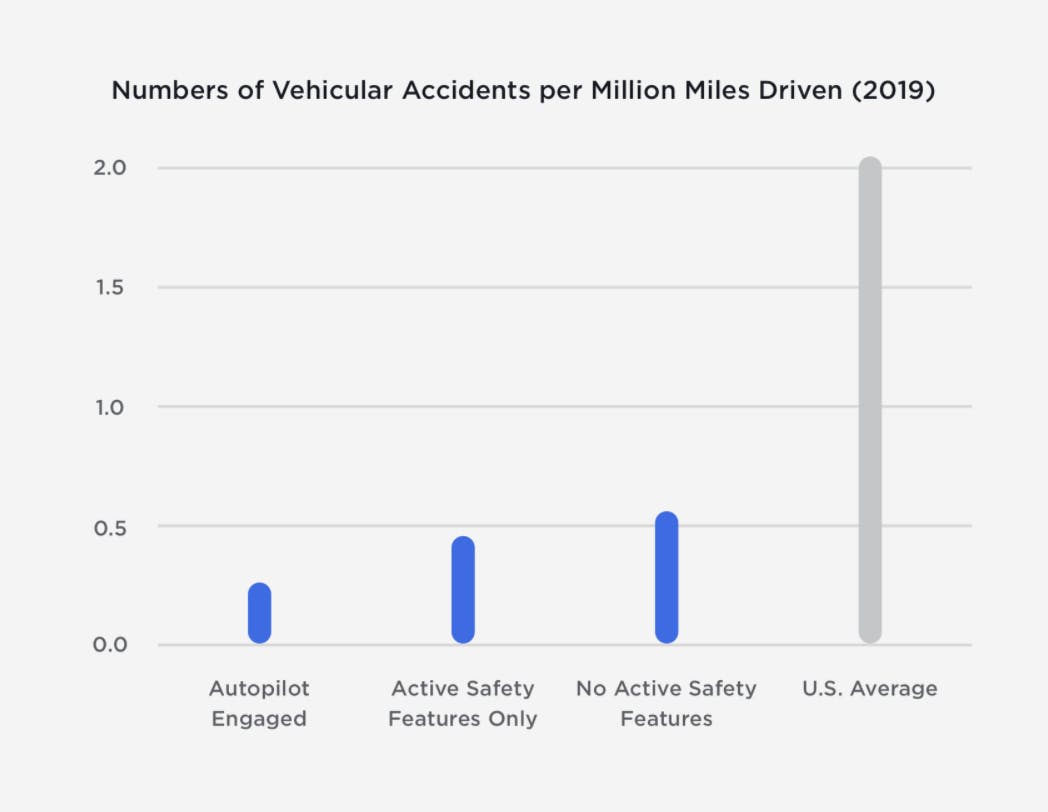
The first aspect of safety is the so-called “passive safety”. It’s caused by the build features of the car, which make the cars more stable, safer and thus better for our health. Teslas are considered some of the safest cars in the world. This is visible on the graph. Tesla cars without any active safety features are 4 times less likely to be involved in accidents per million drives. Not to mention the ones with active safety features onboard.
This is the second aspect - “active safety”, which is ensured by the systems in their cars. Every one of their cars is equipped with external cameras and sensors that allow autopilot driving and other active safety features. Once again the graph clearly shows how much safer it makes the car. It removes the human mistakes almost entirely from the equation, making it safer to drive.
Mitochondrial Medicine
Some articles and papers have been sitting around in my “directory” about mitochondria and exercise. I’ve written about them before in connection to lactate, but I wanted to expand on them in this issue.
Aerobic exercise is most commonly associated with improving mitochondrial function. But let’s first also explore what kind of effect resistance training has.
Resistance training results in muscle fibre hypertrophy but doesn’t increase the number of mitochondria per muscle fibre. Instead, the term often associated with this is “dilution of mitochondria” - the number of them stays approximately the same, whereas the muscle fibres increase in size. This is disadvantageous to the body.
Aerobic exercise, on the other hand, is much more effective when improving mitochondrial function and concentration. I have briefly written about this in Issue #5, but here goes again in a slightly different way.
Specifically, the most efficient training level for mitochondria is lactate zone 2 (55-75% of VO2max), which means the body utilises predominantly type 1 muscle fibres. This means more fat oxidation, less glycolysis and less lactate production. But there’s also an increase in capacity for lactate removal. This is also one of the functions of type 2 muscle fibres since they are more glycolytic. MCT-1 transporter takes it into the cell and metabolises it. In short, zone 2 increases the concentration of mitochondria in muscle fibres.
From an endurance standpoint lactate zone 2 will markedly improve it. More mitochondria, more fat oxidation, less lactate production and more lactate clearance. This is the “gold standard” medicine for mitochondria. This is the most effective way of increasing fitness, well-being and oxidative metabolism.
This is only one side of the equation. The number of mitochondria cannot only increase, but it must also decrease. This is called mitophagy, “mitochondrial autophagy”. There are molecular mechanisms that allow cells to only remove dysfunctional mitochondria and this is increased by exercise. The same goes even for specific parts of mitochondria. Regular exercise thus leads to a better quality of mitochondria in general.
The last perspective of exercise and mitochondria is ageing. With age, mitochondria become more dysfunctional, less effective and produce more reactive oxygen species (ROS). ”Exercise restores mitochondrial content back toward levels observed in younger individuals and at the same time reduces mitochondrially-produced ROS and apoptotic signaling”.
Listen to these 2 podcasts featuring Iñigo San Millán and Navdeep Chandel and read this paper for more.

